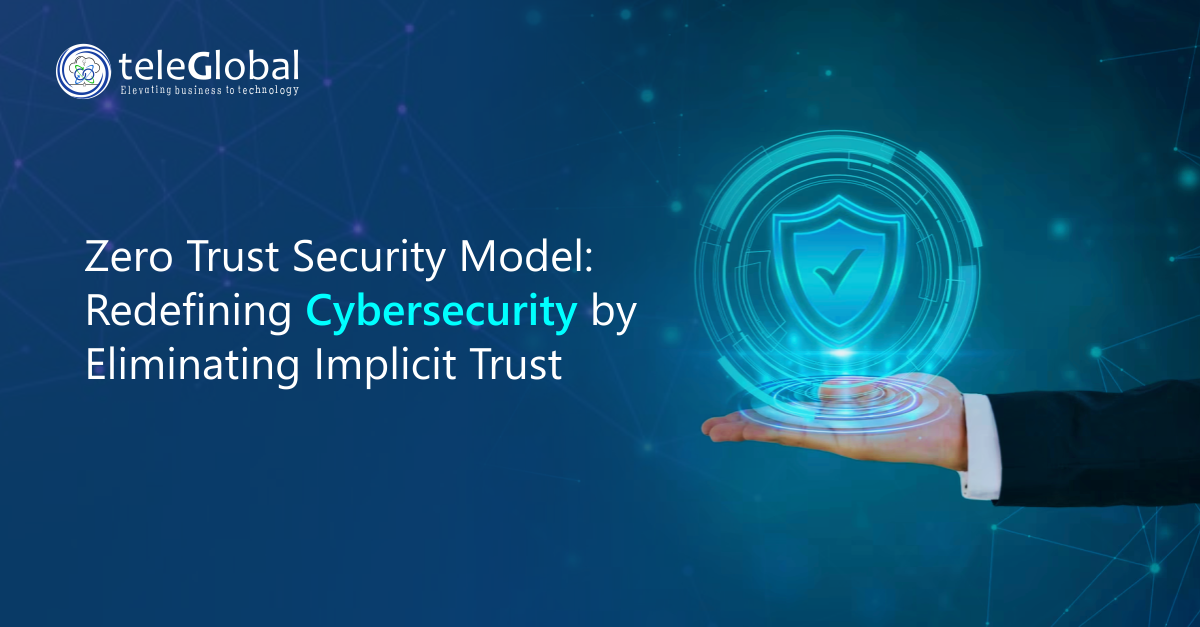
| Author: Ashish Kumar | Published: 02-Feb-2023/em> |
The Zero Trust Security Model serves as a revolutionary paradigm in the complex arena of cybersecurity, fundamentally challenging traditional approaches and introducing a dynamic framework that prioritizes security without implicit trust. Unlike conventional models that often rely on the assumption of trust once inside the network, Zero Trust operates on the principle that trust is never a given, even for entities already within the network perimeter. This model, built on robust principles, encompasses various key elements, such as stringent identity verification protocols, the implementation of least privilege access, micro-segmentation of network components, and continuous, vigilant monitoring.
Zero Trust’s departure from implicit trust yields significant advantages. The model substantially reduces the attack surface, rendering it more arduous for potential adversaries to exploit vulnerabilities. It introduces an automated incident response system, ensuring swift and coordinated actions to mitigate the impact of cyber threats in real-time. The adaptive nature of security measures within the Zero Trust model allows organizations to evolve continuously, staying ahead of emerging risks in the ever-changing cybersecurity landscape.
Behavioral analysis constitutes a crucial aspect of Zero Trust, where the model scrutinizes user and system behavior to establish a baseline of normal activity. Any deviation from this baseline triggers alerts, enabling the swift identification of potential security incidents, including insider threats. While the model brings immense benefits, it is not without challenges. Issues such as integration complexity, cultural shifts within organizations, and the need for comprehensive continuous verification require meticulous consideration.
As organizations grapple with the escalating sophistication of cyber threats, the Zero Trust Security Model emerges as a strategic imperative. It promises enhanced resilience, reduced risk, and a proactive defense stance against the relentless evolution of cyber adversaries. The adoption of Zero Trust is not merely a technological advancement; it represents a fundamental shift in cybersecurity philosophy, emphasizing the critical importance of continuous verification, adaptability, and a meticulous approach to security in the ongoing pursuit of cyber resilience. In a digital landscape where threats are diverse and ever-evolving, the Zero Trust Security Model stands as a beacon, guiding organizations toward a more robust and proactive defense posture.
 close
close

Hi there! At TeleGlobal, we turn your cloud vision into AI-accelerated reality. What challenge can we help you solve?
Powered by ![]() teleBot
teleBot